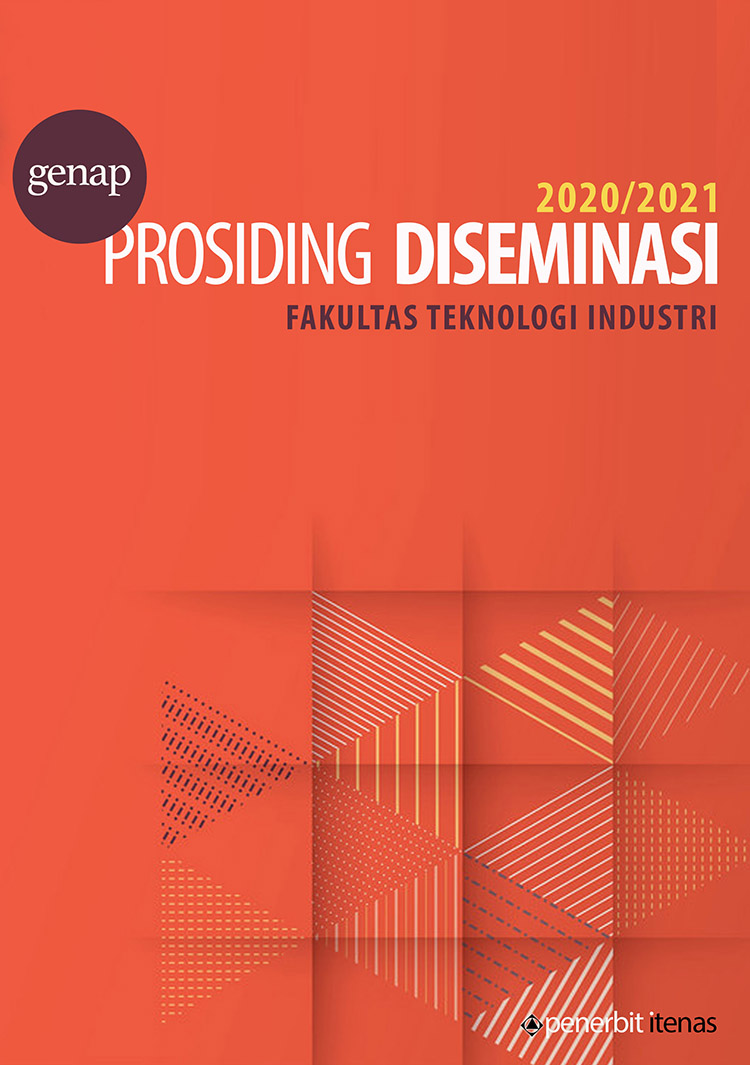Remaining Life Assessment Pada Komponen Rotor shaft turbine PLTU 600 MW
Kata Kunci:
energi listrik, remaining life assesment, generator, rotor turbin, creep, electrical energyAbstrak
ABSTRAK
Pembangkit listrik tenaga uap (PLTU) menghasilkan energi listrik dengan memanfaatkan energi kinetik uap yang diubah oleh turbin menjadi energi mekanik yang akan memutar generator. Rotor turbin PLTU yang telah beroperasi lebih dari 30 tahun dengan temperatur operasi lebih dari 450 oC, dengan kondisi tersebut degradasi yang paling umum terjadi yaitu creep. Untuk mengetahui keadaan komponen tersebut, dilakukan pemeriksaan berupa uji komposisi kimia, uji kekerasan dan metalografi replika. Nilai komposisi kimia, nilai kekerasan dan gambar fasa dari hasil pemeriksaan, menunjukan telah sesuai dengan standar materialnya yaitu ASTM A470 Class 4. Degradasi creep berdasarkan hasil metalografi replika berupa isolated cavities, oriented cavities dan microcracks. Dari indikasi tersebut dan merujuk pada perhitungan versi Neubauer – Wadel, maka rotor shaft turbine layak beroperasi dengan ketentuan dilakukan inspeksi ulang dalam waktu enam bulan.
ABSTRACT
Coal fired power plant produce electrical energy by utilizing the kinetic energy of steam which is converted by a turbine into mechanical energy which will turn a generator. The turbine rotor has been operating for more than 30 years at operating temperature above 450 °C, under these conditions the degradation that occurs is creep. To determine the condition of it, chemical composition tests, hardness tests and replica metallography will be carried out. The value of chemical composition, hardness value and phase image from the inspection results show that it is in accordance with the material standard, namely ASTM A470 Class 4. Creep degradation is based on the results of replica metallography in the form of isolated cavities, oriented cavities and microcracks. From these indications and referring to the calculation of the Neubauer – Wadel version, the turbine rotor shaft is feasible to operate provided that it is re-inspected within six months.





